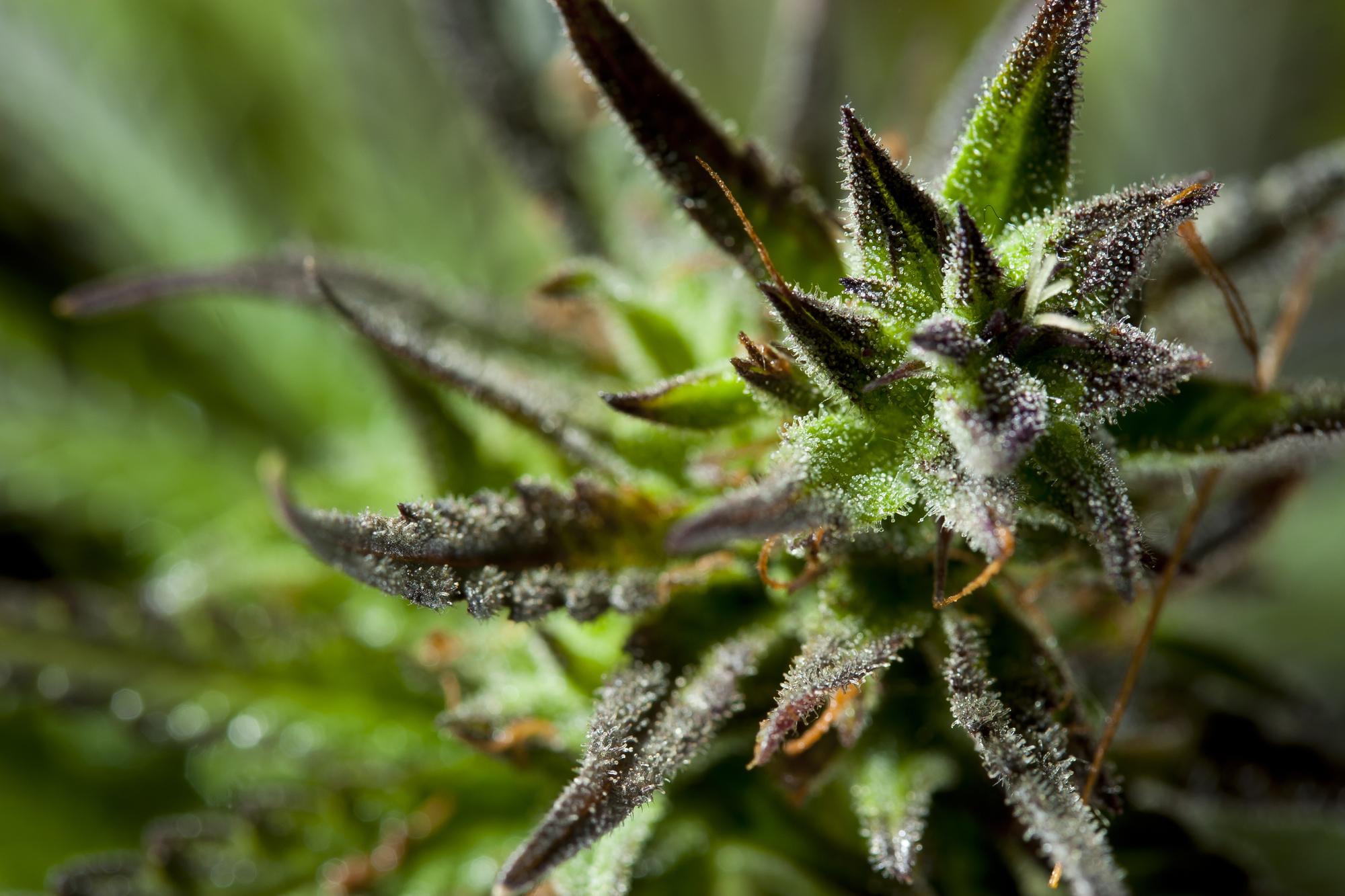In the rapidly maturing cannabis industry, branding has become central to differentiation and consumer connection. Wise marketers recognize that strain names, packaging, and origin stories work in concert to influence purchasing decisions—often before a product is even opened.
Strain Names Set Consumer Expectations
Cannabis strain names serve as the first point of contact with consumers. Breeders increasingly craft names that evoke desired effects, flavors, or emotions—long before the product reaches the shelf. Research confirms the power of that first impression: over half of cannabis consumers say they’d rather buy an unfamiliar strain from a trusted brand than a familiar strain from a brand they don’t know. This underscores how effective naming—especially within coherent naming frameworks—can create trust and boost recognition. Brands like Canndescent have pioneered effect-based naming systems (“Calm,” “Create,” “Connect,” etc.), reducing complexity for consumers while commanding premium positioning.
Packaging: The Silent Brand Ambassador
Packaging functions as a silent but powerful advertiser. Packaging design influences perception in under seven seconds, and visuals account for roughly 93% of consumers’ initial judgments before they read a word on the label. Visually attractive packaging—the kind deemed “gift‑worthy” or premium—can increase consumer willingness to pay up to 26% more for flower products. Limited‑edition examples, such as House of Cultivar’s “Lobster Roll” strain packaged in holographic glass containers, illustrate how premium design can yield price premiums and collectible appeal.
Functionality plays a role too. Consumers expect child‑resistant closures, resealable forms, transparent dosing information, and packaging that feels intuitive and secure. At the same time, growing consumer demand for sustainability has prompted many brands to explore plant‑based, recyclable materials or minimalist packaging design as a value signal.
Packaging also serves compliance and trust messaging. Studies show plain packaging can reduce product appeal and weaken recall of warnings, whereas tasteful design paired with health disclaimers supports perceived credibility and lifestyle positioning. One controlled experiment demonstrated that health‑educational claims like “helps you relax” evoke more positive emotions than plain packaging alone.
Storytelling: Emotional Branding that Connects
Beyond name and form, narratives—brand stories, origin tales, sustainable promise—build emotional resonance. Heritage brands like Lowell Herb Co. lean on vintage agricultural aesthetics and legacy claims to create authenticity and botanical credibility. Others, such as Dosist, marry wellness narratives with clinical dosing tools to position themselves toward medically minded and health‑conscious consumers.
Storytelling also fosters intentional segmentation: women-led or female‑friendly brands like Miss Grass engineer narratives and design to appeal to a demographic that now leads legal cannabis purchasing. In mature regions such as California and emerging markets like New York, brands combine storytelling with sophisticated packaging—placing artistic and autobiographical design front and center to resonate with millennial lifestyle values.
Integrated Impact: From Shelf to Loyalty
A cohesive blend of naming, packaging design, and brand narrative shapes not only the first purchase, but long‑term loyalty. Nearly two‑thirds of consumers turn to brands repeatedly—over their favored strains—when the branding is familiar and consistent. Consumers perceiving a brand as trustworthy, visually appealing, or aligned with their values are more likely to repurchase.
Meanwhile, brands that sync these elements can position for price premiums. In crowded legal markets like Nevada, California or Michigan, consumers are drawn to products that feel premium, safe, and purposeful. Branding framed around clean dosing, minimalism, sustainability, wellness, or artisanal heritage enables such premium tiers.
Challenges and Regulatory Considerations
However, cannabis branding must navigate a complex legal landscape. States differ in rules around health claims, naming that may reference medicinal effects, or imagery that could appeal to youth. Packaging that resembles candy or uses flavors reminiscent of those favored by minors can draw regulatory scrutiny. Thoughtfully balancing creativity with compliance is essential to long-term brand sustainability.
Final Thoughts
Cannabis brands that excel integrate three core levers:
- Strain names that evoke effects and simplify choice
- Packaging design that commands visual attention, supports functionality, and reinforces trust
- Compelling storytelling that embeds brand narrative into every user touchpoint
Together, these elements influence subconscious and conscious decisions—starting at the shelf and extending through ongoing loyalty. As cannabis markets expand and diversify, successful brands will refine these tools to reach more selective, wellness‑oriented, or design‑driven consumer segments.
By studying case examples like Canndescent, Lowell Herb Co., Dosist, House of Cultivar, and brands targeting key demographics (e.g., women‑led, wellness‑focused), industry professionals gain clear models for how to monetize naming, aesthetic, and narrative strategy in cannabis.

